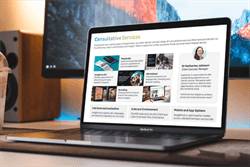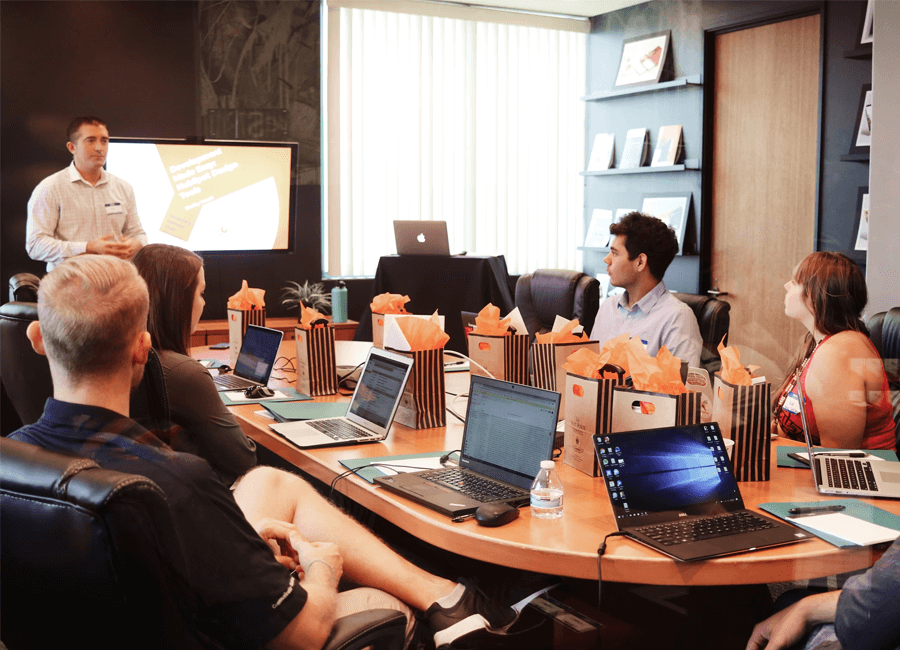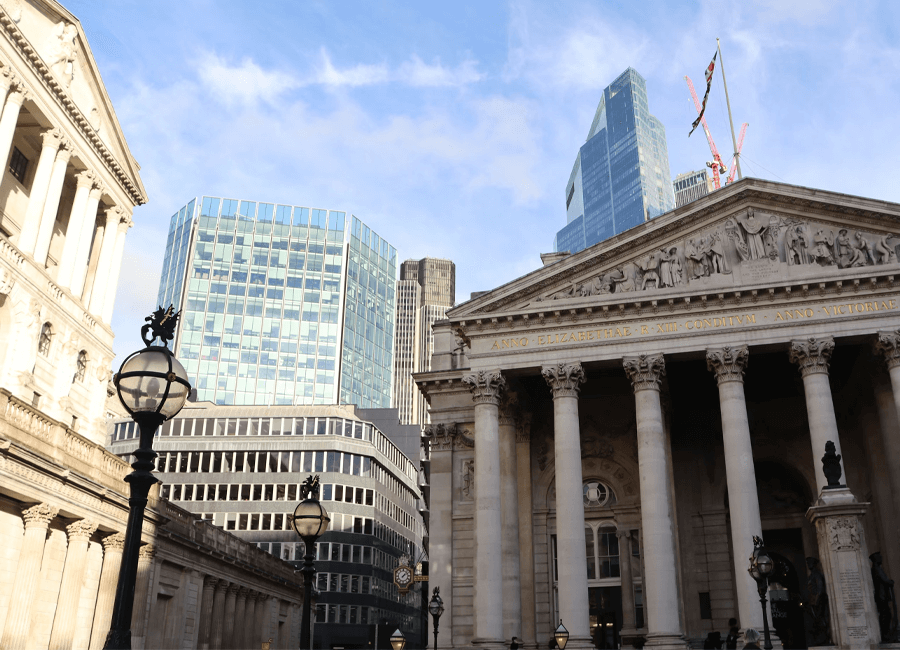In the world of research and insight, we have heard our fair share of trends and terminology, but one that is here to stay is ‘customer-led transformation’. When hearing terms like this it is understandable to be quite sceptical until you see that this one really matters.
Customer-led transformation isn’t just a tactic or a new project; it represents a fundamental shift in how organisations operate. It’s not about changing a product based on a couple of angry reviews and calling it progress. It’s about embedding the customer voice into the very fabric of how decisions are made and strategies are shaped.
In short, it’s about allowing customers not just to be heard, but to lead.
| Tweet This | |
| What is 'customer-led transformation'? How do stakeholders know if they're customer-aware or truly customer-led? |
What is Customer-Led Transformation?
In essence, customer-led transformation is the process of evolving products, services, strategies, and even organisational structures based on a deep and continuous understanding of customer needs. This is a fundamental element of wider Customer Salience strategies, and only achievable through the access to and use of market research and customer insights.
However, customer-led transformation doesn’t mean acting on every single piece of feedback that comes across your desk. Rather, it involves:
- Embedding relevant insights into strategic decision-making processes
- Leveraging panels and communities to identify trends early
- Collaborating and co-creating with customers to develop meaningful solutions
- Transforming crucial feedback into action and innovation
The distinction is important; this isn’t customer-informed or customer-influenced change. It is customer-led, where customers have a proactive role in shaping the direction of the business.
Why It Matters for Research, Insight and CX Professionals
If you work as a research, insight or customer experience professional you are already the voice of the customer within your organisation. You understand their pain points, needs and expectations because you hear their stories first-hand.
But how often do you feel that this insight directly drives change within your organisation?
Are stakeholders engaging with your findings early enough? Is insight a driver of strategic decisions, or just a tool for validation?
Customer-led transformation places insight teams exactly where they belong, which is driving change from the centre.
Some Steps to Embed a Customer-Led Culture
There are many steps you can take to turn this concept into action and here are just a few:
Building a Space for Customer Voices
Communities, panels, forums and always-on platforms are not just tools for gathering options. They are the foundation of transformation that give you continuous access to the real thoughts and emotions of the people that matter most to any business – It’s customers. They provide consistent, real-time access to the perspectives that matter most.
Connecting Insight to Action
Insight must go beyond reports and numbers transformation happens when the feedback loop closes and when listening leads to learning. To drive transformation:
- Involve insight teams early in the decision-making process as decisions will be grounded in real customer needs and not assumptions.
- Fostering relationships with stakeholders across departments
- Communicate findings through telling better stories with data that inspire action.
Making Customer Centricity a Core Value
Embedding a customer-led mindset requires a cultural change. Putting real faces and voices to the data, by making customer stories visible across the business and celebrating moments where insight led to a meaningful change are some of the many ways to gain customer closeness. The goal is to go beyond abstract personas and build a real, shared understanding of your customers.
Barriers to Change
I recently attended the annual two-day Quirks Event in London as an exhibitor. We asked an icebreaker question to help engage with the visitors that stopped by our stand who were mainly insight/research or CX professionals. The question being:
“What’s the No.1 barrier between your business and its customers?”
The answers were eye opening and validating. From: “stakeholder time” and “conflicting priorities” to “executives only interested in NPS”, it became clear that many organisations are struggling to bridge the gap between customer insight and meaningful action. One challenge that came up a few times over the two days was the say-do gap; the disconnect between what brands promise or believe they’re doing for customers, and what they’re actually delivering may not be orientated to the customer. It’s an important reminder that transformation doesn’t come from listening alone. It comes from taking action.
Some other answers surfaced emotional or cultural barriers: “Not being led by lived experience,” “lack of empathy,” and “decision makers truly struggling to get close to customers.” These challenges may sound different on the surface, but they all point to the same root cause; a lack of systems, space, and mindset to consistently put the customer voice at the centre.
| Tweet This | |
| What are the current barriers to customer-led transformation? Here are some insightful answers from insight experts in all industries from Quirks London 2025. |
This is exactly where customer-led transformation comes in. It’s not just about better surveys or flashy dashboards, it’s about building the correct infrastructure (like communities and panels), embedding empathy into decision making, and closing the say-do gap once and for all. The real change begins when insights become action and when customers aren’t just heard but felt at every level of the business.
Why Now?
Customers today have more choice, influence and higher expectations than ever before. The internet has amplified their voices, making feedback more immediate and impactful. At the same time, businesses face growing pressure to innovate quickly, deliver greater value, and make every investment count.
Customer-led transformation bridges this gap. It aligns innovation and strategy with real customer needs, builds trust, and fosters long-term loyalty through shared value.
So, as you think about the future of your organisation, here’s an important question to ask yourself: “Is your business truly customer-led, or just customer aware?”





